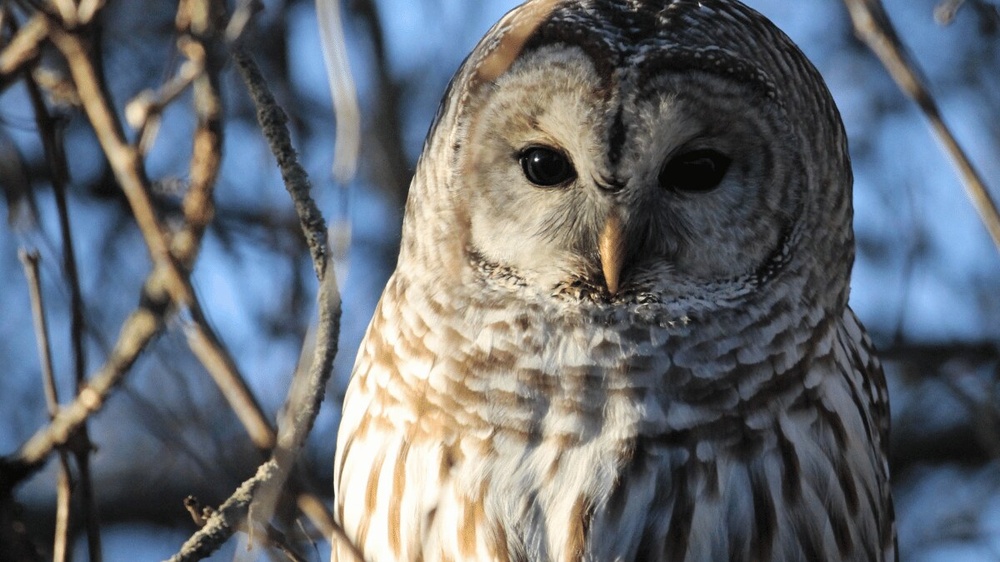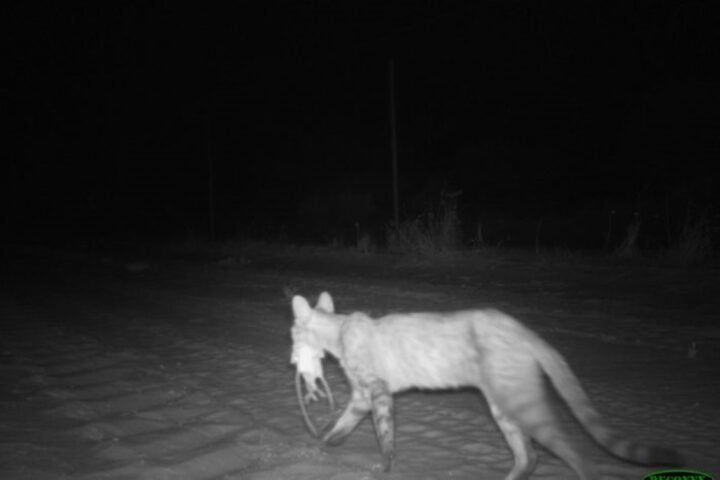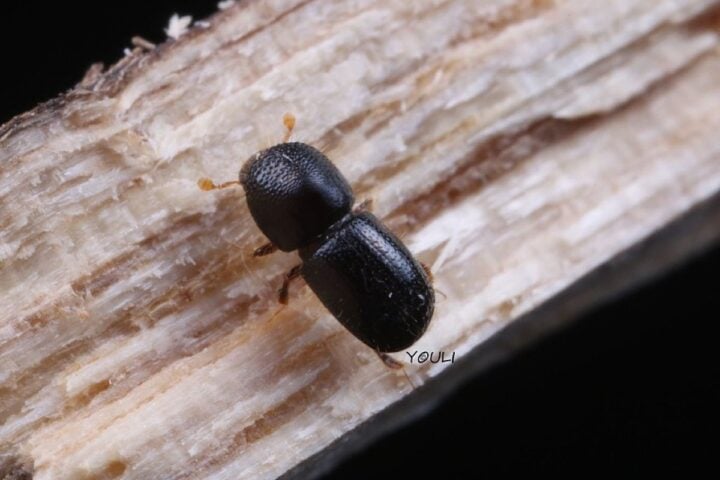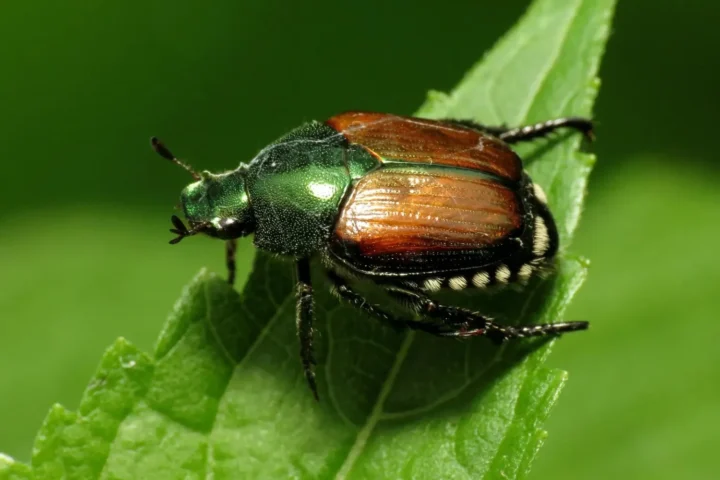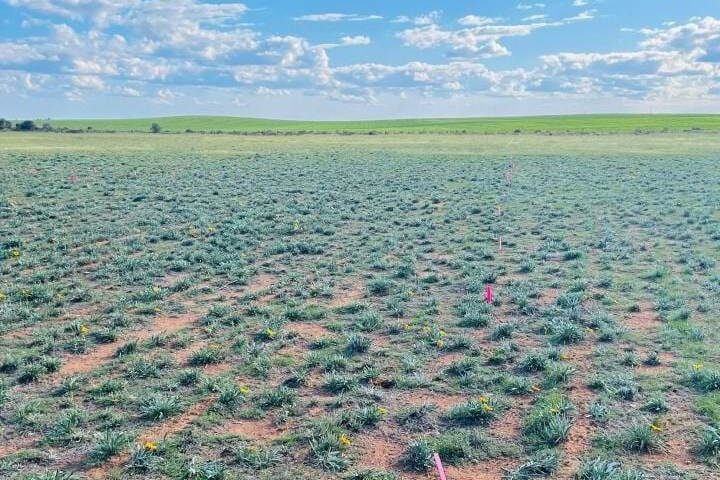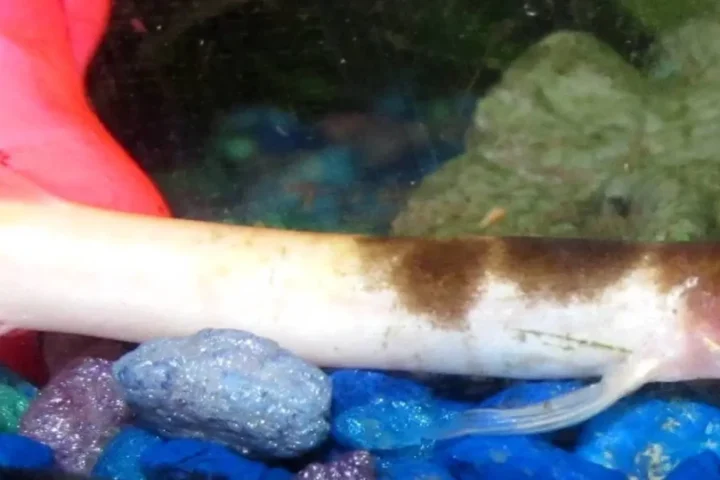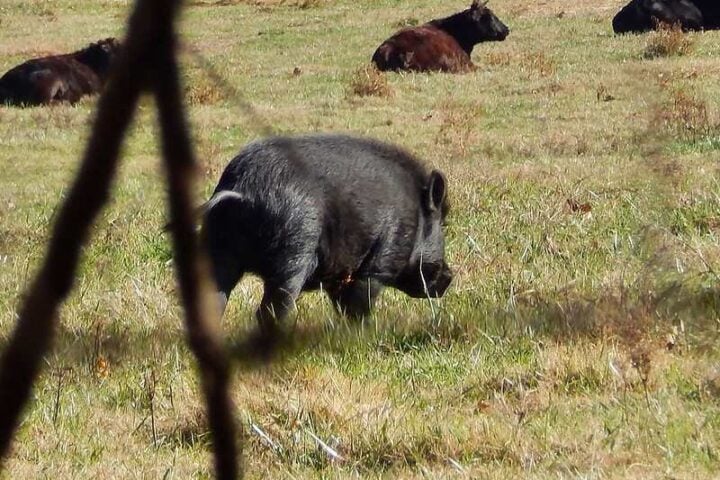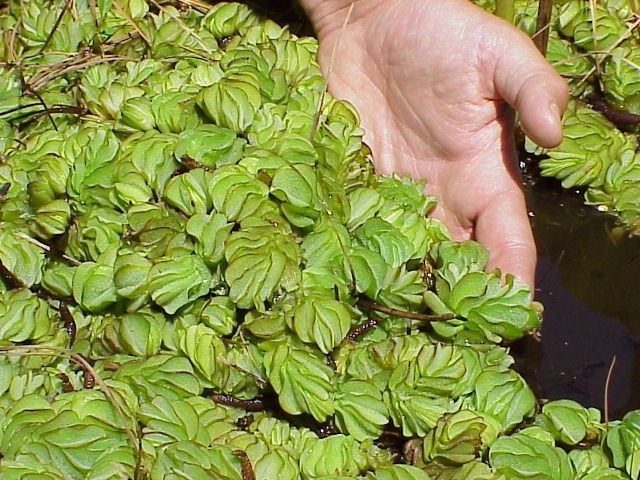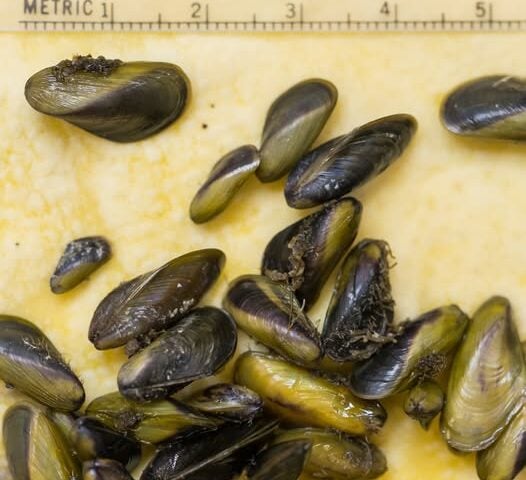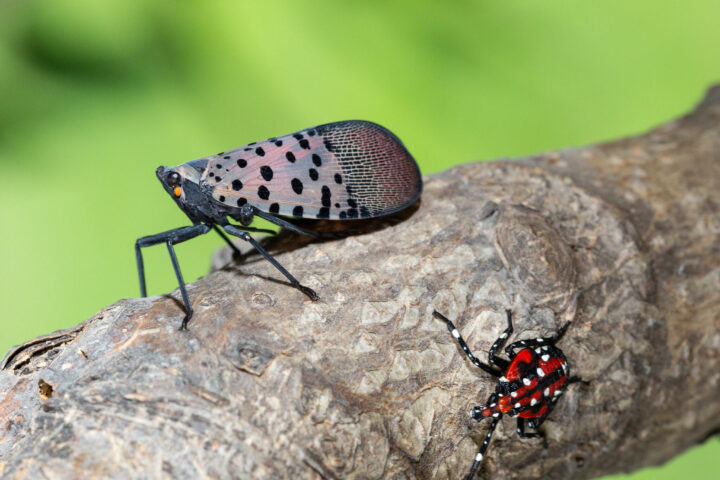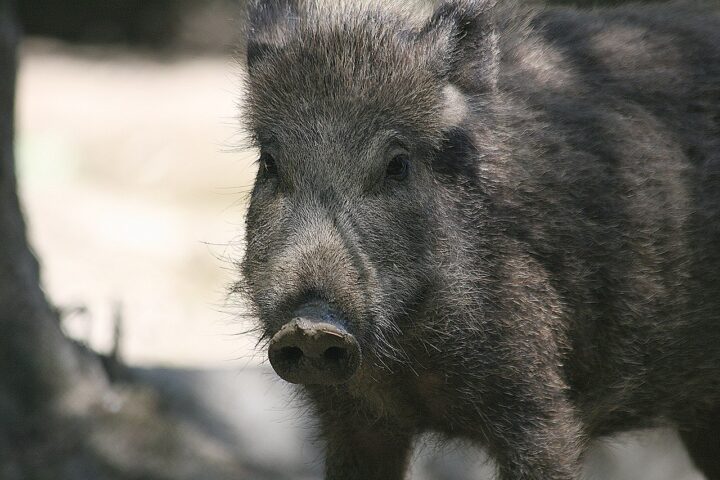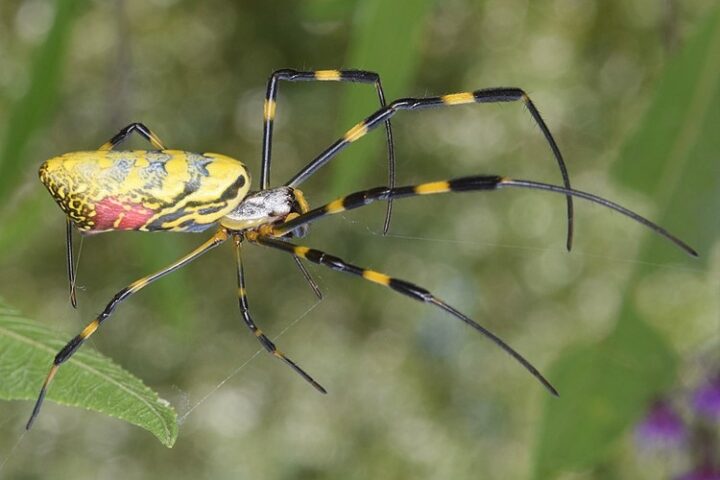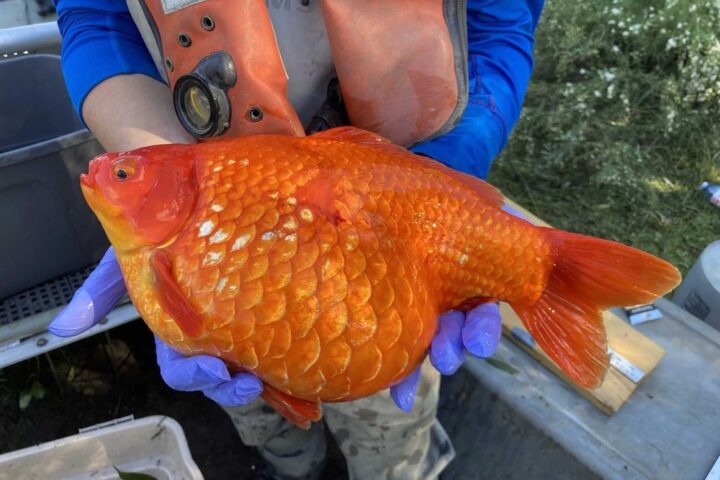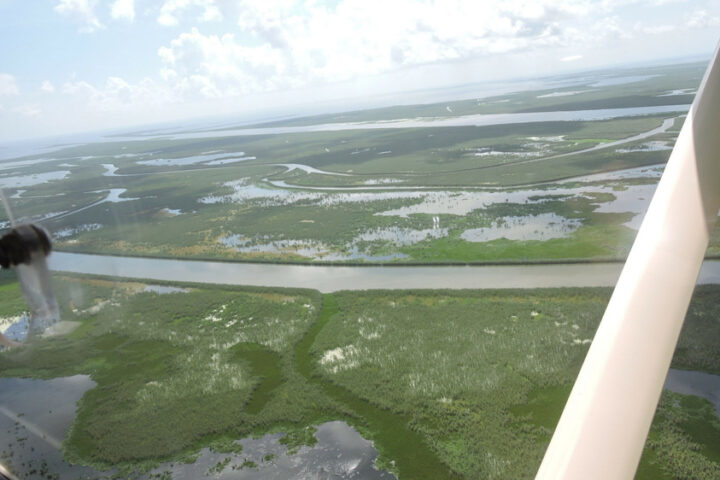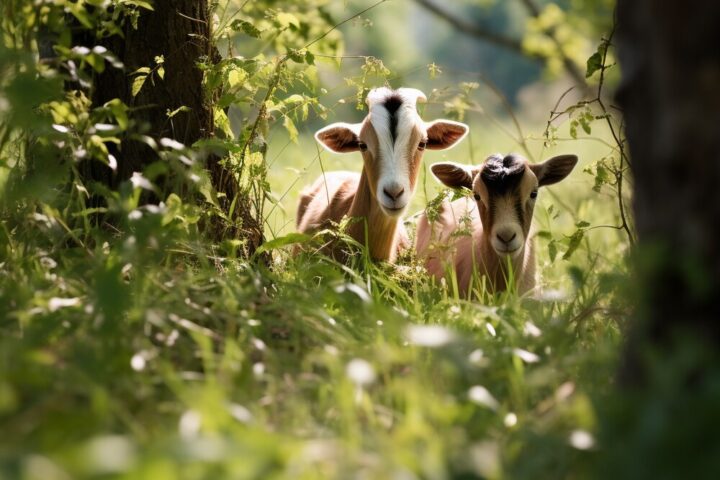In the ever-evolving narrative of wildlife conservation, a new chapter is being written, one that spotlights the complex interplay between native species and invasive counterparts. The recent call by the U.S. Fish and Wildlife Service for public comments on its draft Environmental Impact Statement (EIS) and Barred Owl Management Strategy places us at the crossroads of ecological decision-making and ethical considerations.
At the heart of this conservation challenge lies the barred owl – a species native to eastern North America but an unwelcome visitor in the western states. Research indicates that the barred owl’s expansion westward likely began around the 20th century, a movement attributed to environmental changes and human activities. Today, barred owls have established a strong presence in regions where they compete with the endangered northern and California spotted owls.
The barred owl’s aggressive nature and adaptability pose a significant threat to the survival of its spotted counterparts. Studies show that the presence of barred owls leads to decreased survival, recruitment, and population trends of the spotted owls. In fact, data from a recent meta-analysis revealed alarming annual decline rates in northern spotted owl populations, ranging from 2 to 9%.
This ecological conflict extends beyond species competition. It challenges us to consider the broader implications of invasive species management and the ethical dimensions of wildlife conservation. How do we balance the needs of different species, and what responsibilities do we have in managing the delicate balance of our ecosystems?
The U.S. Fish and Wildlife Service’s approach embodies a multi-faceted strategy, acknowledging the nuanced nature of this challenge. Kessina Lee, state supervisor for the Service’s Oregon office, emphasized the urgency of addressing the barred owl threat, alongside habitat management for spotted owls.
Similar Posts
The draft strategy includes provisions like the Barred Owl Removal Experiment, which demonstrated the positive impact of reducing barred owl populations on the survival of northern spotted owls. This experiment points to the potential effectiveness of targeted management actions in stabilizing or even reversing the decline of native owl populations.
Behind these statistics and strategies are the stories of individuals and communities deeply connected to these landscapes. From researchers dedicating their careers to understanding these species, to local communities witnessing the changing dynamics of their natural surroundings, the barred owl issue touches many lives.
The draft EIS and Barred Owl Management Strategy are comprehensive in their scope, addressing various aspects of owl management across different regions. It proposes actions such as habitat management, barred owl population control, and monitoring programs. The strategy also considers the possible future implications, focusing on adaptive management approaches that could evolve with changing conditions and new scientific insights.
Looking forward, the strategy’s success will hinge not only on its scientific and ecological merits but also on public engagement and support. The ongoing public comment period, which ends on January 16, 2024, and the scheduled virtual public meetings, are critical avenues for stakeholders to voice their concerns and suggestions.
